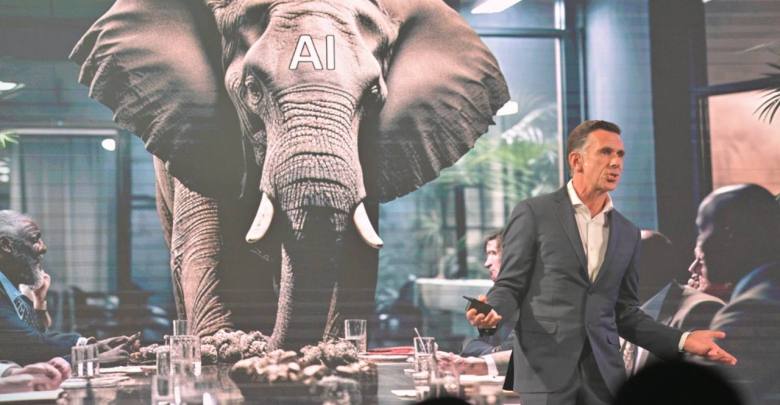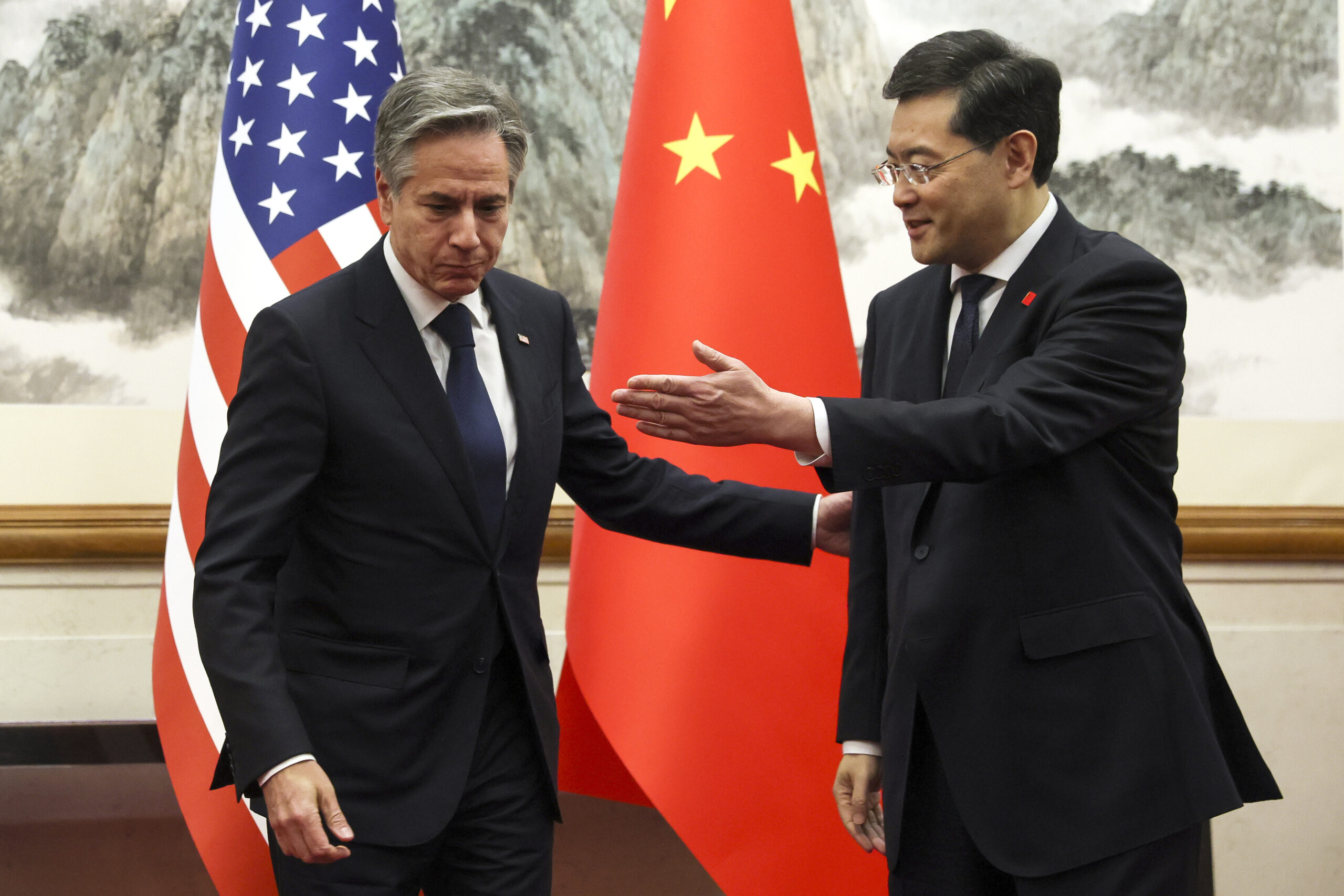SAP Global Innovation Evangelist Timo Elliott had delegates of the African SAP User Group’s (AFSUG) SAPHILA 2023 conference, taking place at Sun City, North West Province, on 10 and 11 July 2023, on the edge of their seats.
With 30 years of experience, Elliott spoke on new generations and opportunities, showcasing lessons learned of real-world business innovation and how to apply them in business.
In his presentation, he showed a computer-generated image of an elephant, which he referred to as “the African elephant in the room” as it depicts Artificial Intelligence (AI) being the most talked about topic in the world, eliciting feelings of ‘fear of missing out’ (FOMO). In the past, to generate an image of this type would have taken quite some time, but with AI, it took mere seconds.
Elliott discussed how AI burst onto the horizon, creating a ‘Cambrian explosion’ of opportunities with various language models for all. Their ability to generate human-like text, automate mundane tasks, and aid in creative and analytical processes has made them indispensable tools in today’s fast-paced, technology-driven world.
What is SAP doing in leveraging these technologies?
“Honestly, we are going to stick to what we are best at, which is using this technology to help businesses with their goals – business AI,” Elliott said. “We are not going to compete with these language models, but will certainly use them to help you further your business,” he added.
SAP has developed a unique approach over its 50-year lifespan, using the RRR method –Relevant, Reliable, and Responsible. And with AI, only three things are needed: good data, a real business problem to solve, and a productive process, something that can be measured.
“Built-in AI has been used for many years on various platforms, but the best AI is the one you never have to think about,” he explained. “With all the information and platforms, you can embed enterprise AI capabilities with machine learning (ML) software for your business. The SAP Business Technology Platform is the glue for you to leverage all the available systems in one place, giving a business advantage.”
According to Elliott, the biggest challenge faced by organisations is moving the focus of innovation to business people, because this requires a cultural change within the company. “You must ensure that the correct tools are being used within the business; otherwise, it will end up in chaos. This is an opportunity for all to work in new ways.”
There is nothing more human than innovation
We are currently in the ‘horseless carriage’ phase of AI, where we’re essentially using and improving on what already exists, Elliott explained. “This presents an opportunity to rethink what we want to do; it’s a great time to take a step back and rethink our value propositions as individuals, companies, and even entire industries.”
Here, he advised, certain daily tasks can be automated, taking the mundane out of every workday. “AI should not be considered as a duel, but rather a duet. We should take stock, and think about which processes can be automated. The answer is not to replace people with an AI algorithm – these tools can only provide answers based on human innovation. Instead, it is to empower people to do more and become more powerful.
“Humans are able to innovate, as we can understand the real context of what’s happening in the world and business,” he continued. “We can create opportunities, find and offer solutions, and make suggestions. The key is to focus on what makes us human. AI will ultimately take away the parts of our job that make us act like robots, it removes all the repetitive and complex work of recreating the wheel. This allows us to focus on what we do best – the human side of things – like empathy, but above all, really changing your organisation for the better.”
SAP and business AI are excellent companions, ensuring that the AI tools needed to manage businesses relevantly, effectively and responsibly are being delivered, he said in conclusion.




